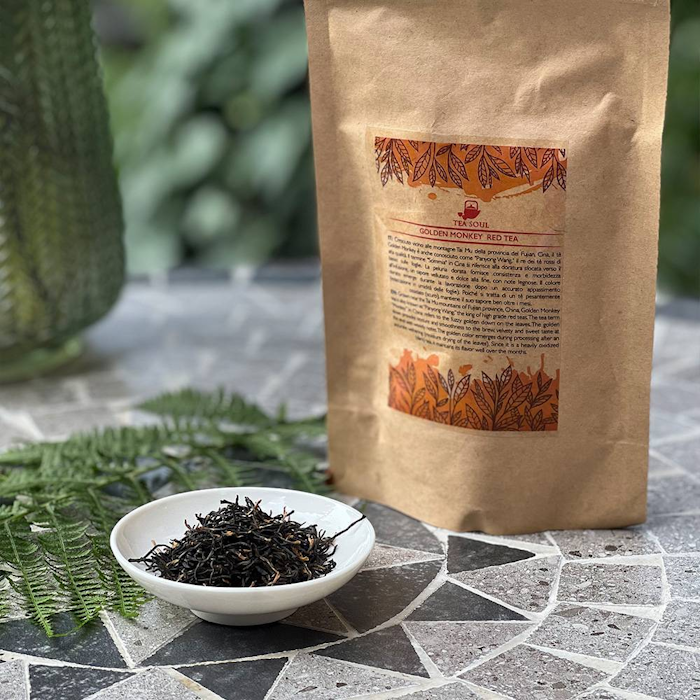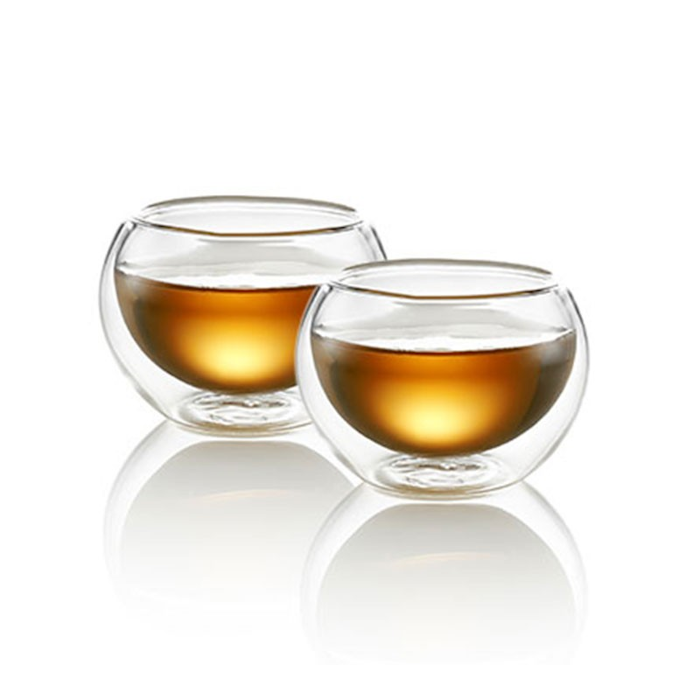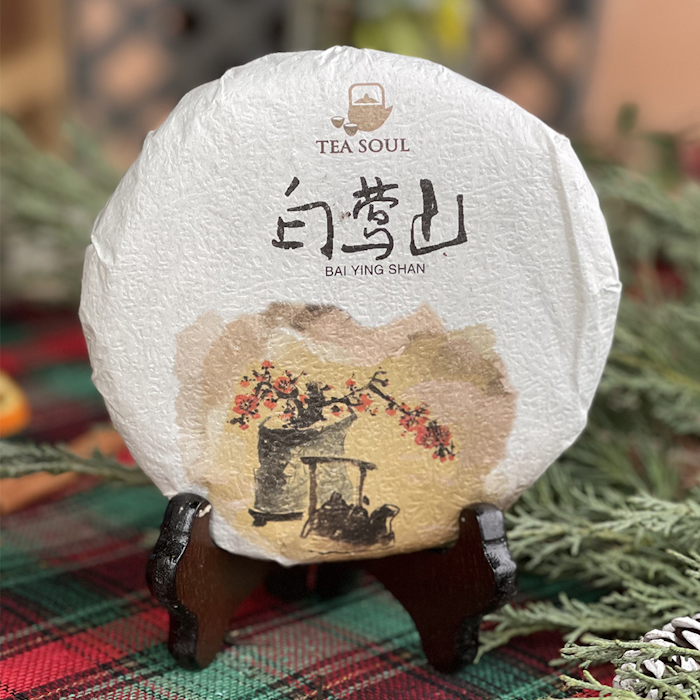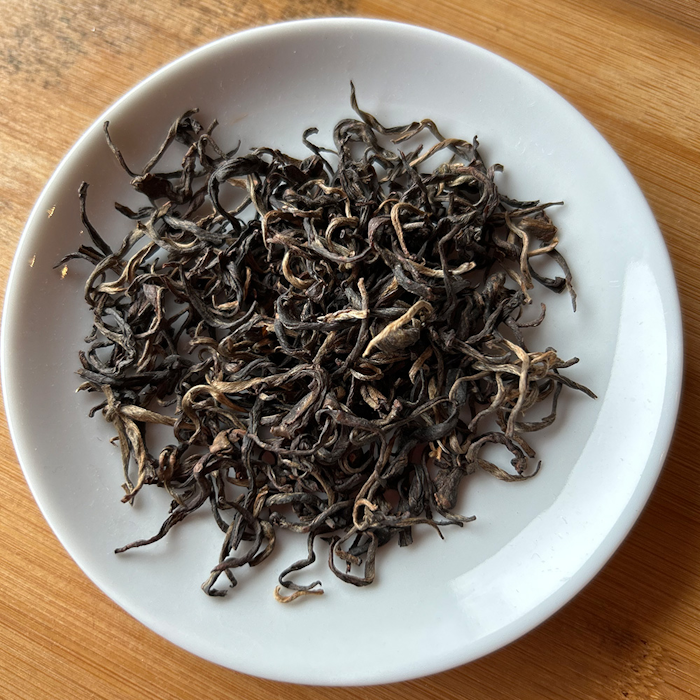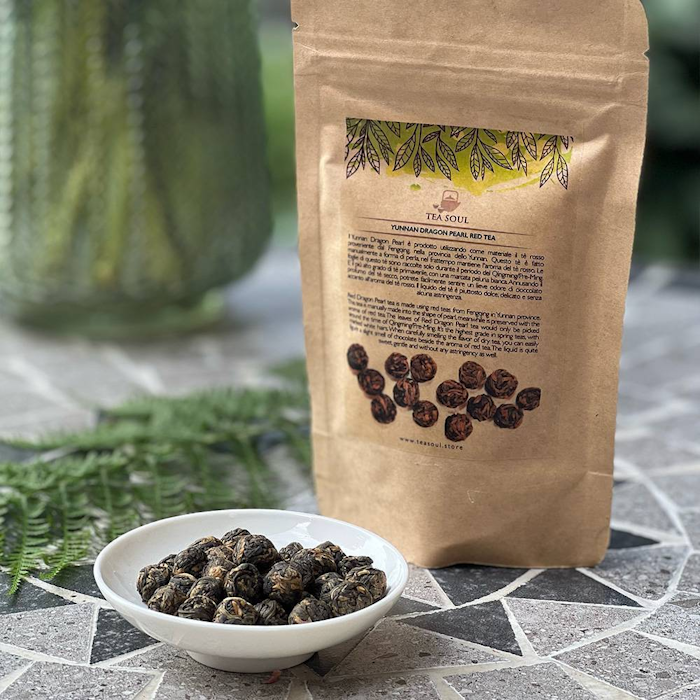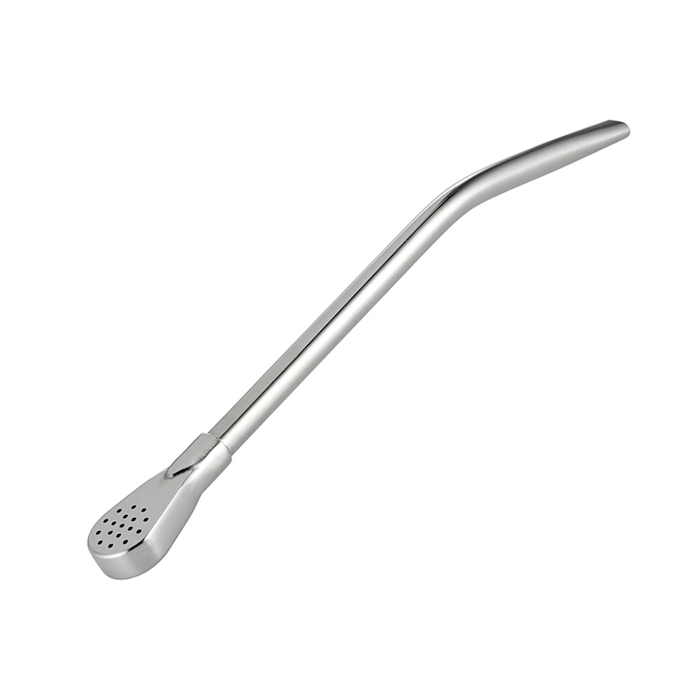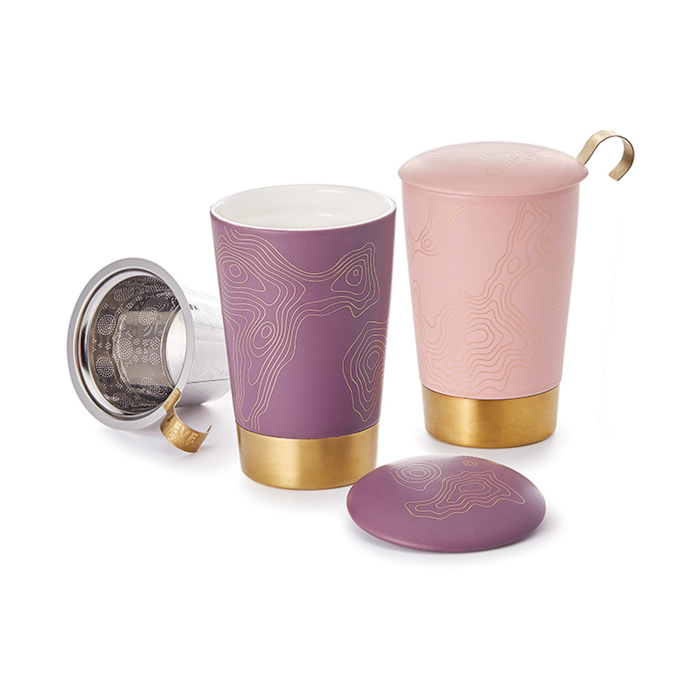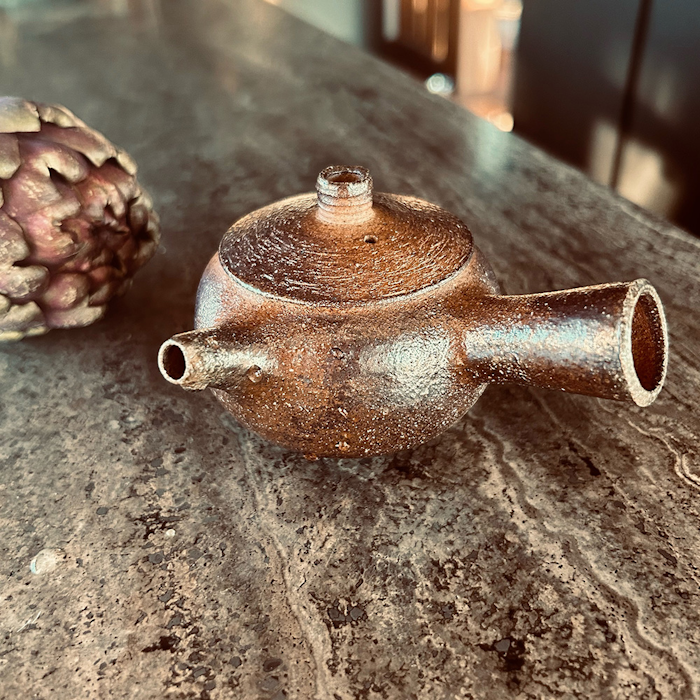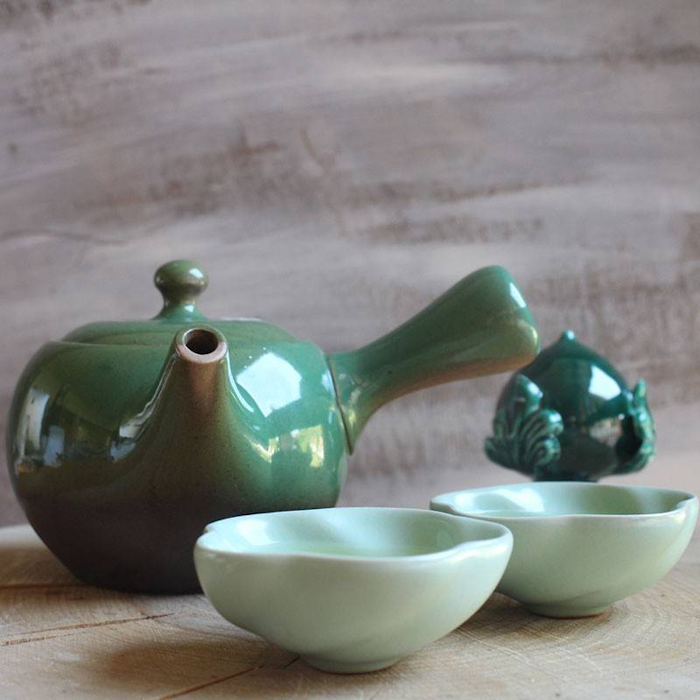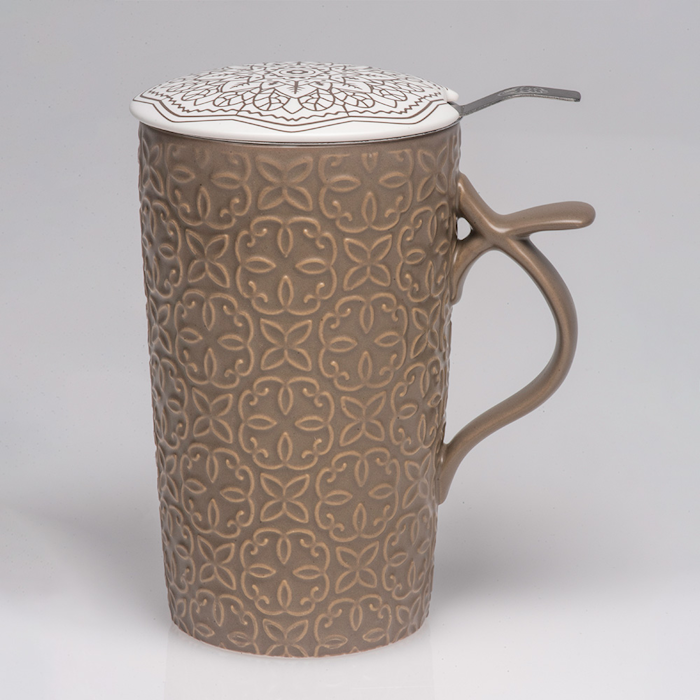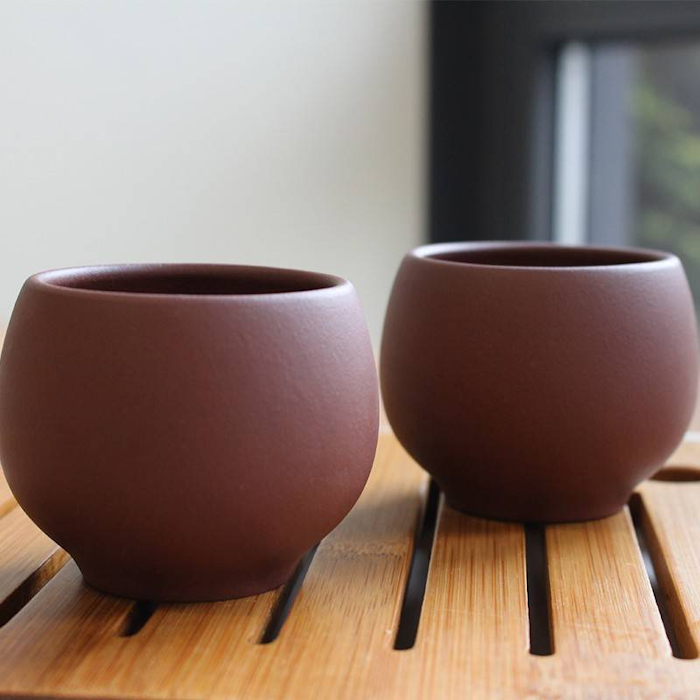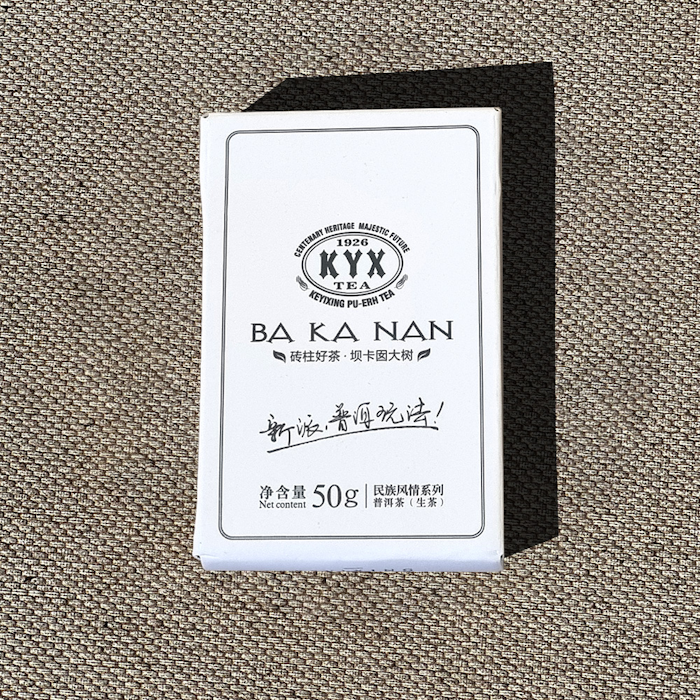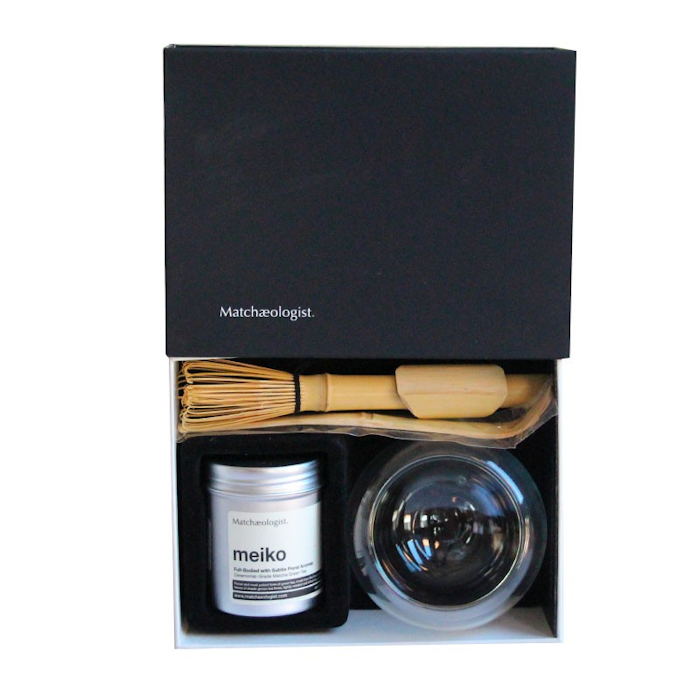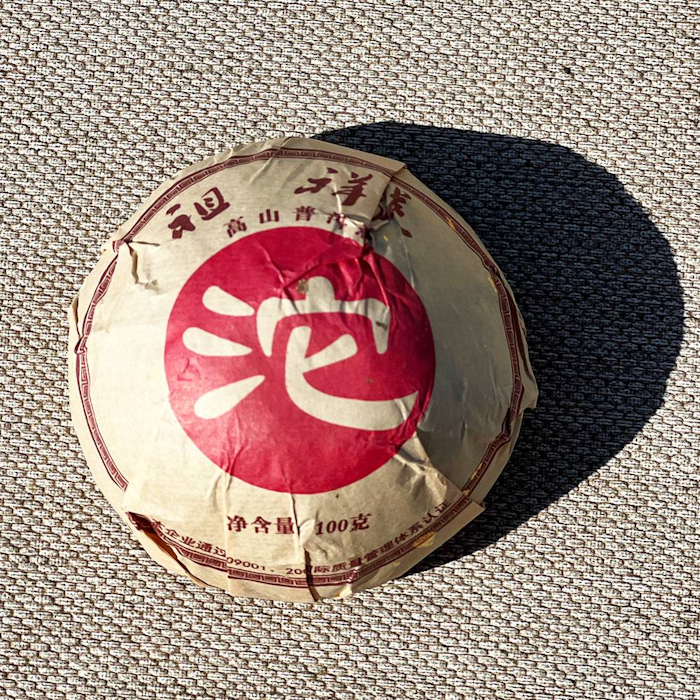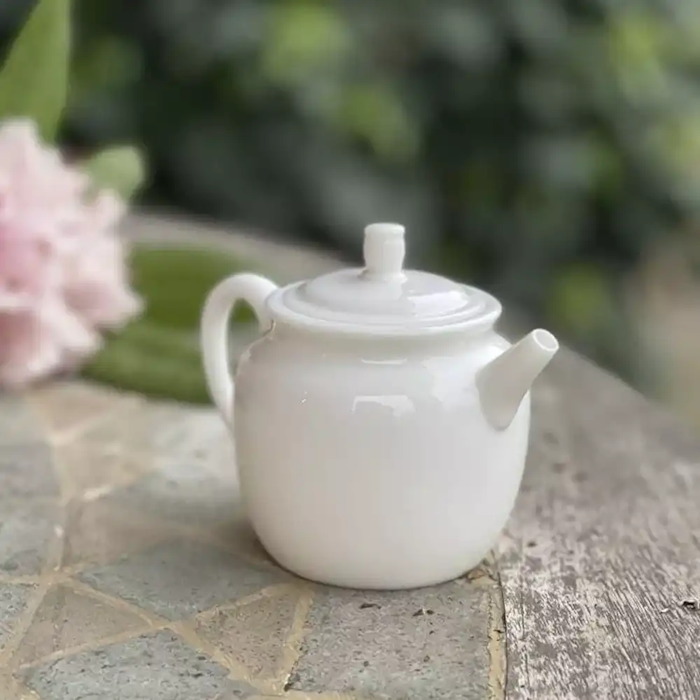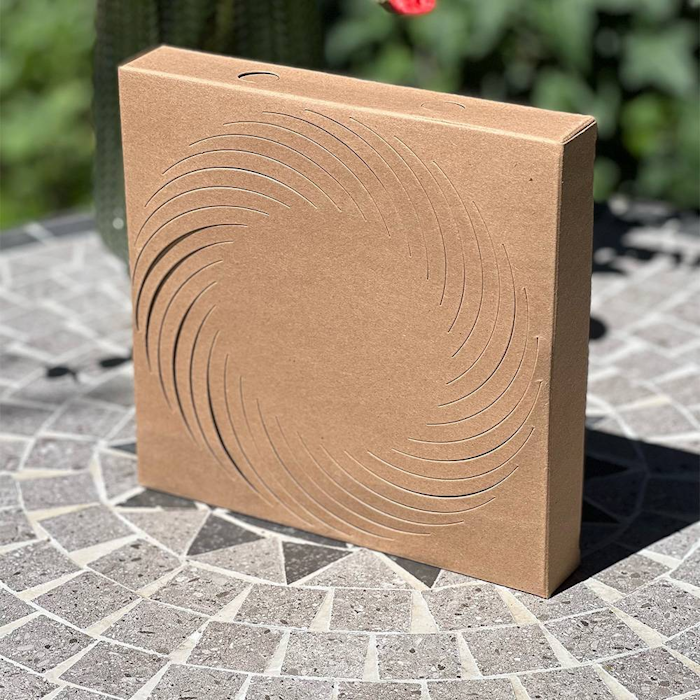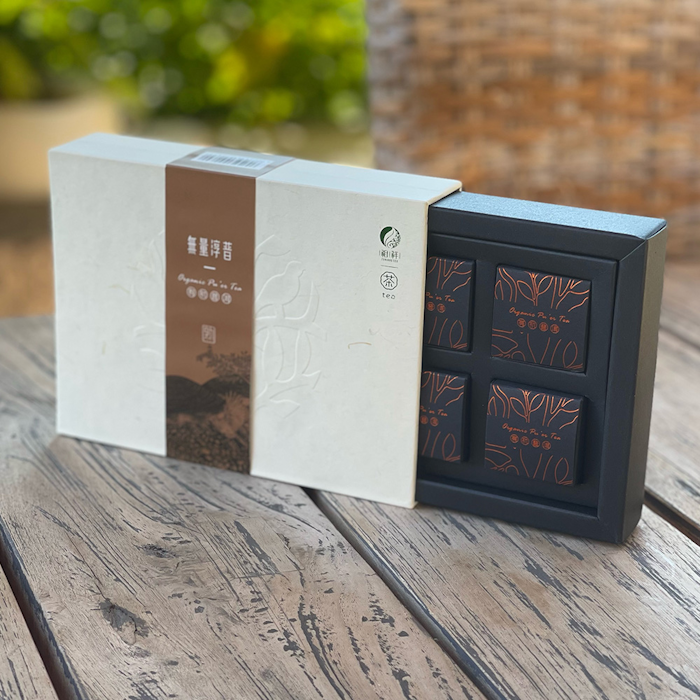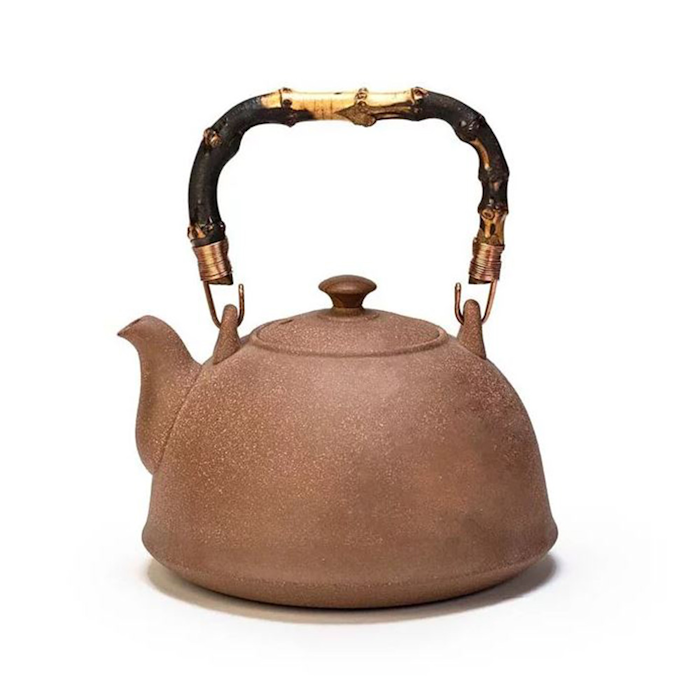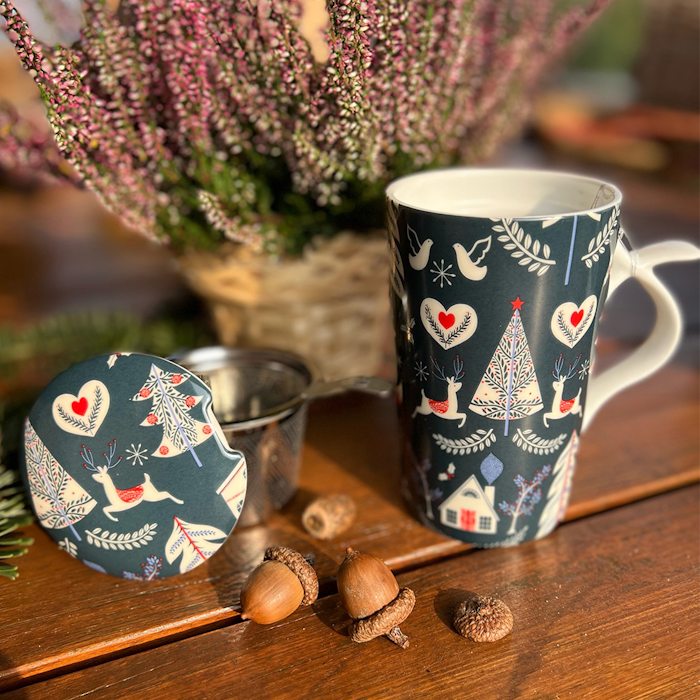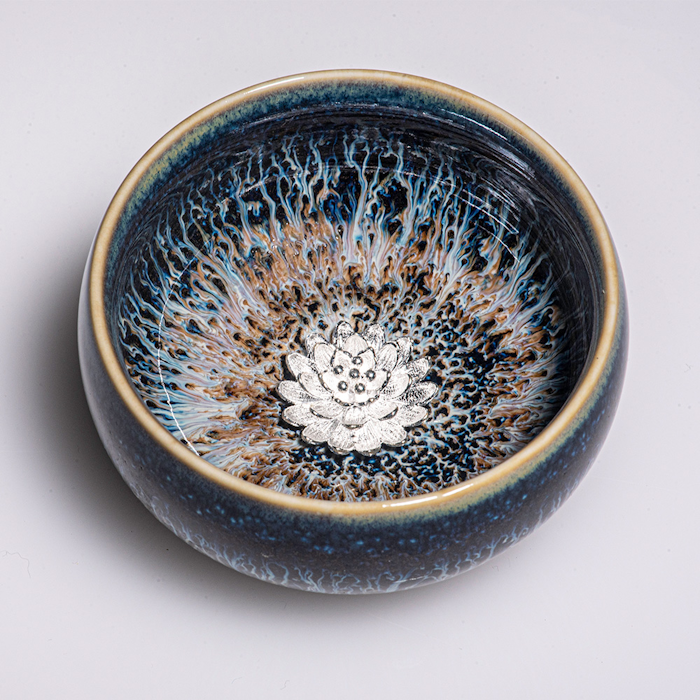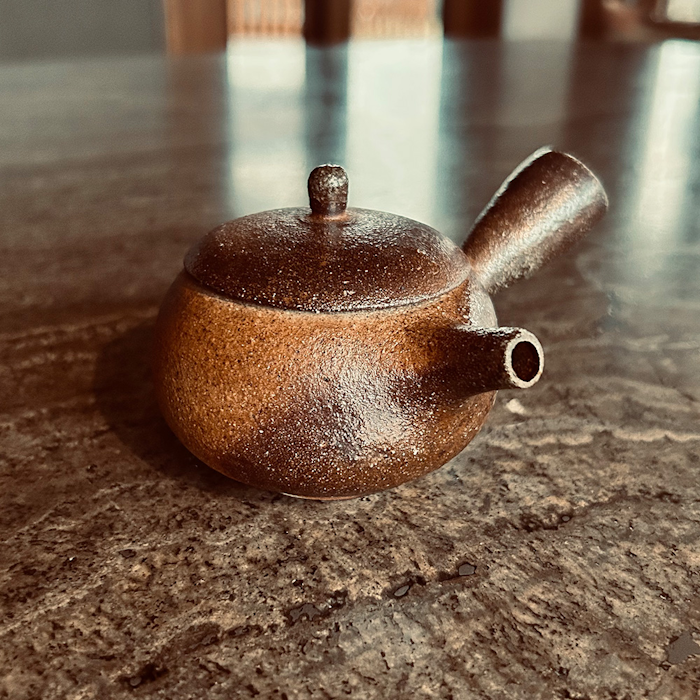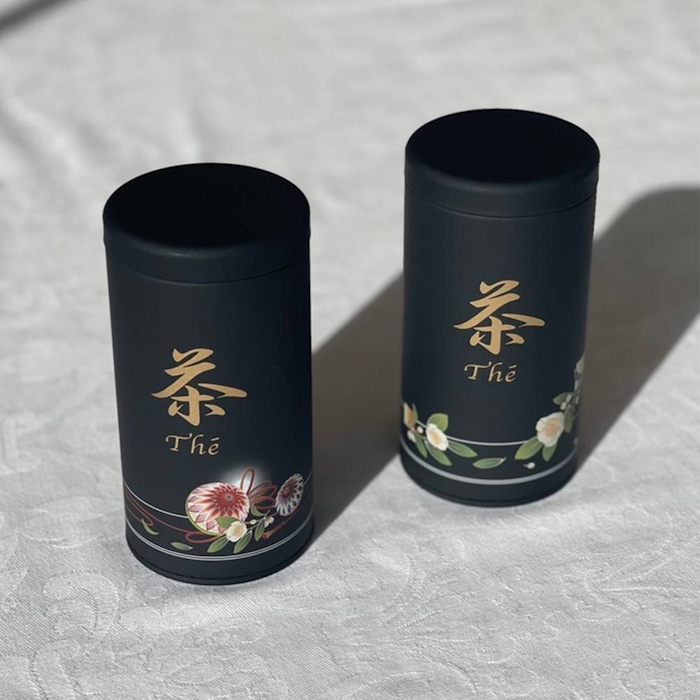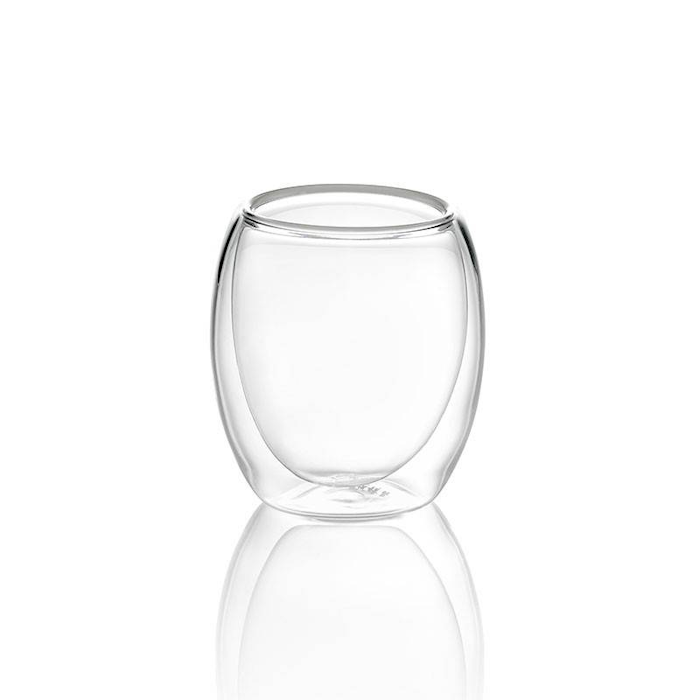The Tai Ping Hou Kui is a very distinctive Chinese green tea both in terms of its area of origin and its processing. It is harvested in a fairly inaccessible mountainous region near the village of Tai Ping in Anhui, and only the tea from here can take the name Hou Kui because of the particular camellia cultivar that grows in this area. The plants in these mountains, in fact, because of their variety, have somewhat larger than average leaves and a higher content of certain polyphenols and natural oils. To bring out more of the beauty and flavors of this green tea, farmers perform a single harvest during the year around the beginning of May so as not to stress the plant too much and to preserve all the richness of the product. After the harvest, the skillful processing of this tea allows us to have a product that is very aesthetically pleasing and also able to make a richly flavored liquor obtained from the infusion of the leaves, characterized by a slightly roasted taste and very sweet and fresh vegetable notes.
Tasting - Sight and Smell
The leaves of this Tai Ping Hou Kui are very long and wide, with a classic flattened shape and with the marks left by the weave of the cloths on which they are worked clearly visible on the surface. They are bright green in color, with alternating dark and light shades. Once infused, the aromas the leaves release are mainly vegetable and very sweet: reminiscent of asparagus, fresh mountain grass, and pan-fried spinach. There are also faint floral notes and some roasted notes. The liquor in the cup is lime yellow in color, very bright.
Tasting Notes
GONG FU CHA
The first infusion of Tai Ping Hou Kui confirms the scents of wet leaves: there are sweet and vegetal notes of butter spinach and fresh garden salad. Mild floral notes are also perceived, with hints of white flowers. The umami is well present and this delicate savoriness perfectly balances the sweetness of the tea. With the second infusion, floral hints then emerge further, with notes of magnolia and aquatic flowers. The vegetal hints become even sweeter and more buttery here. With the third and subsequent infusions there is also a gentle roastiness, again combined with the sweet vegetal notes that veer toward baked thistle. There is definitely a good freshness, coupled with a softness in the body that is very pleasing to the palate.
TO THE WEST
The first notes of Tai Ping Hou Kui reveal a sweet and umami character, with vegetable notes ranging from lettuce to beets to buttery carrots. This is followed by floral notes (white flowers, gardenia) and toward the end a delicate hint of roasted peanut. The body is creamy and silky: no astringency or bitterness, not even in persistence, which remains sweet and pleasantly vegetal.
Location of origin
Tai Ping Village in Anhui, China
Production
Tai PIng Hou Kui has a very classic process for the first stages: a first step is withering in the open air, followed by cooking the leaves in large woks heated to temperatures around 180°C to block enzyme activity and prevent leaf oxidation. After these steps, the leaves are laid out lined up one by one between two sheets of silk with a fairly dense grid pattern, and once laid out here they are flattened further with rollers that give the final characteristic elongated and flattened shape. Finally, the leaves, after a short rest, are dried of their little remaining moisture with jets of hot air.
Preparation
We strongly recommend infusing the tea Tai Ping Hou Kui in the traditional Chinese method (gong fu cha) to best enjoy these leaves. Following this preparation, 5 grams of leaves can be used in a gaiwan of about 150 ml to make several infusions with different tastes. With water at 75°C, one can proceed with an initial infusion of 25 seconds and, after that, keeping the water at the same temperature, proceed with multiple infusions increasing the time each time by 10 seconds (25 - 35 - 45 ...)
This tea has a longevity of about 5 infusions.
For a classic preparation according to the Western style, we recommend 3 grams of leaves in a 200 ml cup with water at 75°C for an infusion time of 3 minutes. If the tea is brewed in this way it is also possible to leave the leaves in the cup and as the drink is consumed more hot water can be added so as to make the most of these leaves so dense in flavor.
The tea can be filtered for ease at the time of tasting and also the infusion times given above here are meant to be purely indicative so you can also adjust according to your personal taste.
We recommend storing in a cool, dry place away from direct sunlight.
Also read an in-depth discussion of this product in our BLOG











